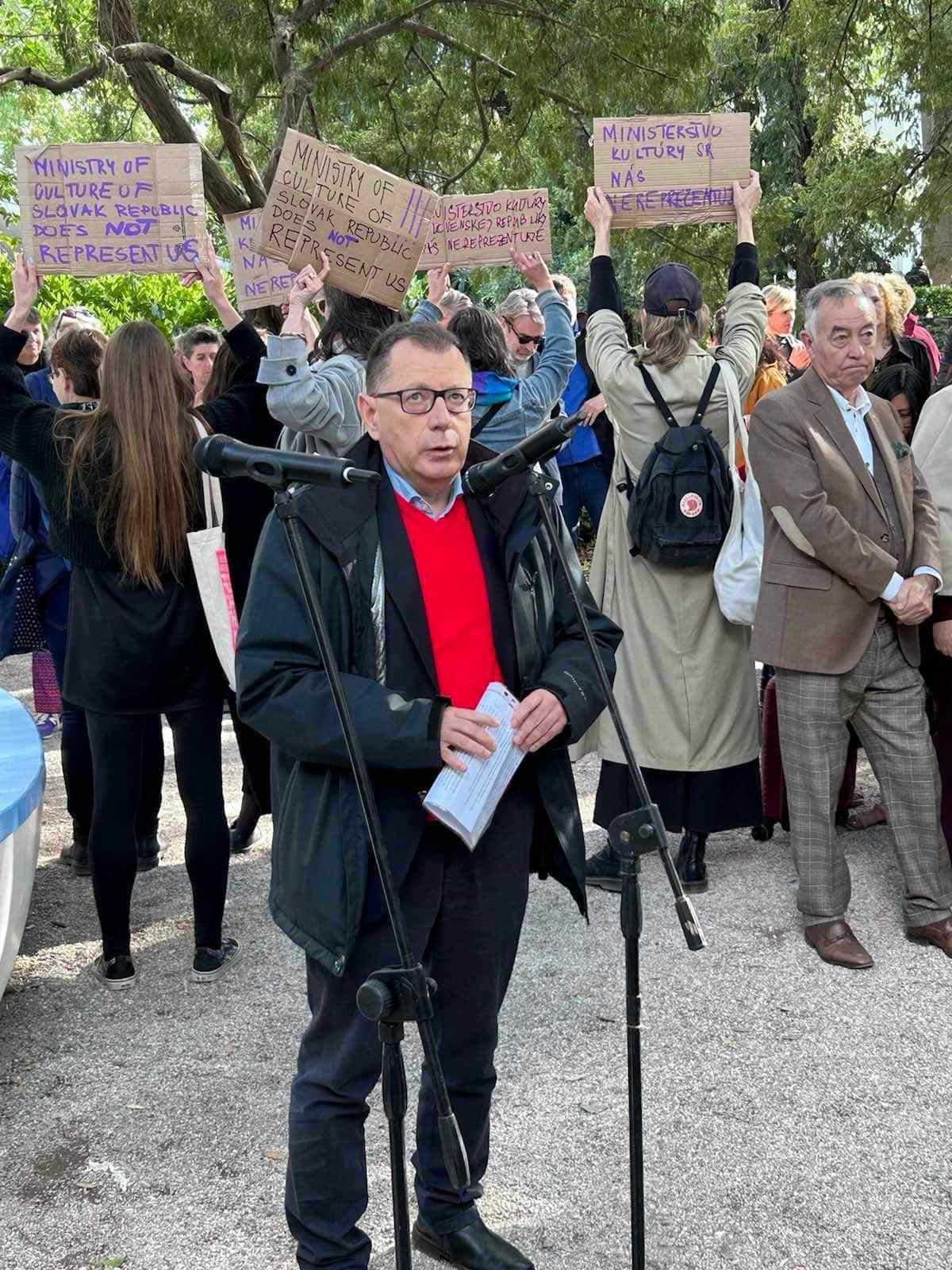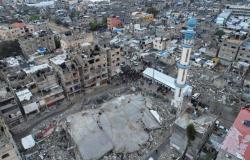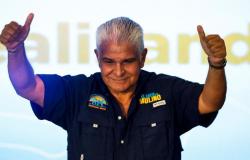You can also listen to the article in audio version.
The very first day of the Art Biennale in Venice was accompanied by surprises. The curators of the Israeli pavilion, together with the artist Ruth Patirová, surprised the visitors by deciding not to open the pavilion.
Even before the start of the world-famous event, there were attempts to exclude Israel from the Venice Biennale. Since February, a group called the Alliance for Art, Not Genocide (ANGA) has been trying to do just that. In March, she published a petition calling for a ban on Israeli involvement because of the war in the Gaza Strip. The petition was signed by more than 23,000 cultural workers, male and female artists. The Italian Minister of Culture and the management of the show nevertheless expressed their support for Israel.
Photo: List of News
“The artists and curators of the Israel Pavilion will open the exhibition when an agreement is reached on the ceasefire and the release of the hostages,” says a sign on the door of the Israel Pavilion.
The New York Times wrote that, according to curator Tamara Margalitová, the Israeli government, which paid about half of the costs, was not informed in advance of the pavilion’s closure. According to Margalitová, visitors will still see at least one of the short videos that are part of this exhibition through the windows of the pavilion.
According to The Times of Israel (ToI), the exhibit is a memorial to the women, both Israeli and Palestinian, who died in the war, and is intended to support the hostages held in Gaza and their relatives. According to ToI, the curators and the author of the work said that they believe in a two-state solution to the Israeli-Palestinian conflict, where Israelis and Palestinians will live side by side in peace.
Photo: List of News
ANGA leaflets during Wednesday’s protest in the Giardini in front of the Israel Pavilion.
Another controversy connected with the international show took place a few months earlier, in the Polish pavilion, where the exhibitor was changed.
The first exhibition proposal consisted of 35 paintings called Polish Practice in World Tragedy: Between Germany and Russia. The project was selected by the previous Polish government. According to critics, the work of the chosen Ignace Czwartos was too closely related to the agenda of the Law and Justice party. The three members of the jury responsible for the selection of the Polish exhibition then told ArtReview that it portrays Poland as a “homogeneous and closed country that is focused only on itself and on the narrative from the position of the victim.”
After the October elections and the formation of a new government cabinet led by Donald Tusk, the new Minister of Culture Bartłomiej Sienkiewitz dismissed the selected artist. Instead, the Open Group collective was chosen, which presented an interactive film in the style of karaoke – Repeat after Me (Repeat after me).
The video presents a collective portrait of the witnesses of the war in Ukraine, already speaking to the audience through the sounds of the weapons they remember, and then inviting them to repeat it with them. The accompaniment is not hit songs, but a sound database of shots and explosions of the war in Ukraine.
The work was one of the strongest that could be seen in the Giardini.

Photo: Open Group
Repeat after Me shows war as a collective experience regardless of age, origin, professional and social status. Open Group – Yuriy Biley, Pavlo Kovach, Anton Varga, Repeat after Me, 2022, video.
The Slovak representation also expressed frustration with the political situation. During the opening of the pavilion, people protested with banners “Ministry of culture of Slovak republic does not represent us”. The official opinion of the team on the Venice Biennale can be read here.

Photo: Lenka Kukurková
A picture from the official opening of the Slovak exhibition.
At the Biennale, Slovakia is presenting Oty Hudce’s project, which deals with endangered trees and their protection. The artist presented the project on the facade and around the pavilion Floating Arboretum, which deals with endangered trees around the world and their protection. Various thematic lines are intertwined here: the climate crisis, an imaginary dystopian future and the author’s call for rescue.

Photo: Luc Castel, Getty Images
The side of the Czech and Slovak pavilions in the Giardini.
Venice Biennale
This year’s show is curated by Adriano Pedrosa from Brazil. The theme of the main exhibition has the overarching name – Foreigners Everywhere. According to Pedrosa, it focuses on different feelings and positions of otherness. The motto is derived from an activist group that fought racism and xenophobia around 2000 in Turin, Italy.
The Czech Republic is represented by the artist Eva Koťátková with the exhibition – The heart of a captive giraffe is twelve kilograms lighter.
The Biennale in Venice will last until November 24.










